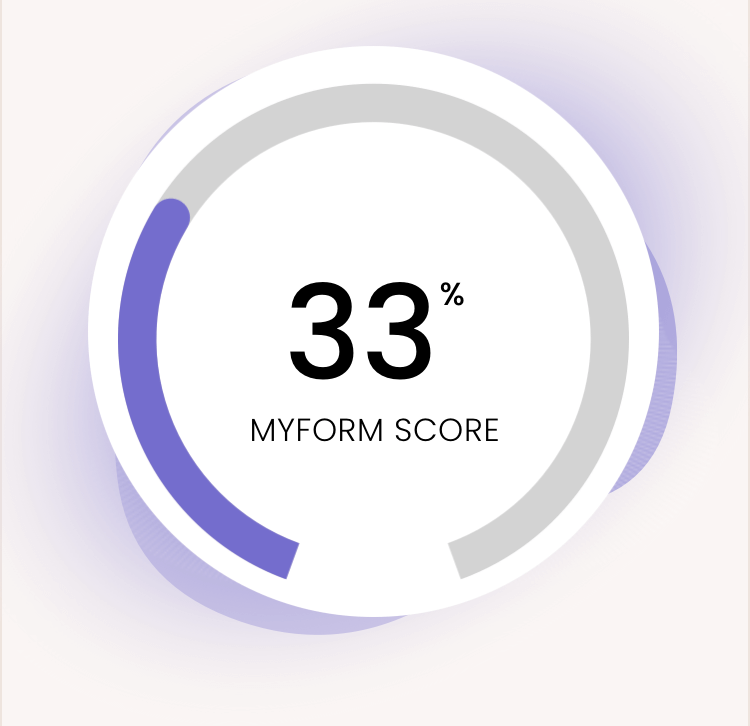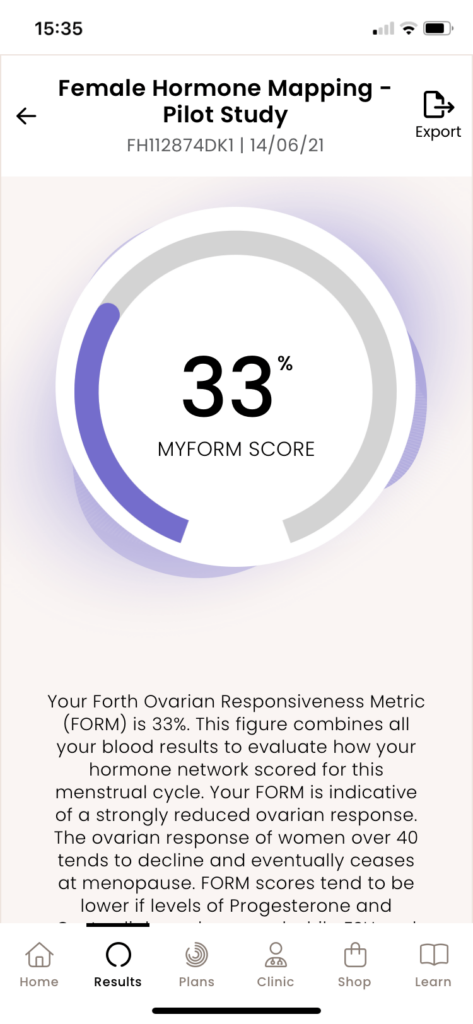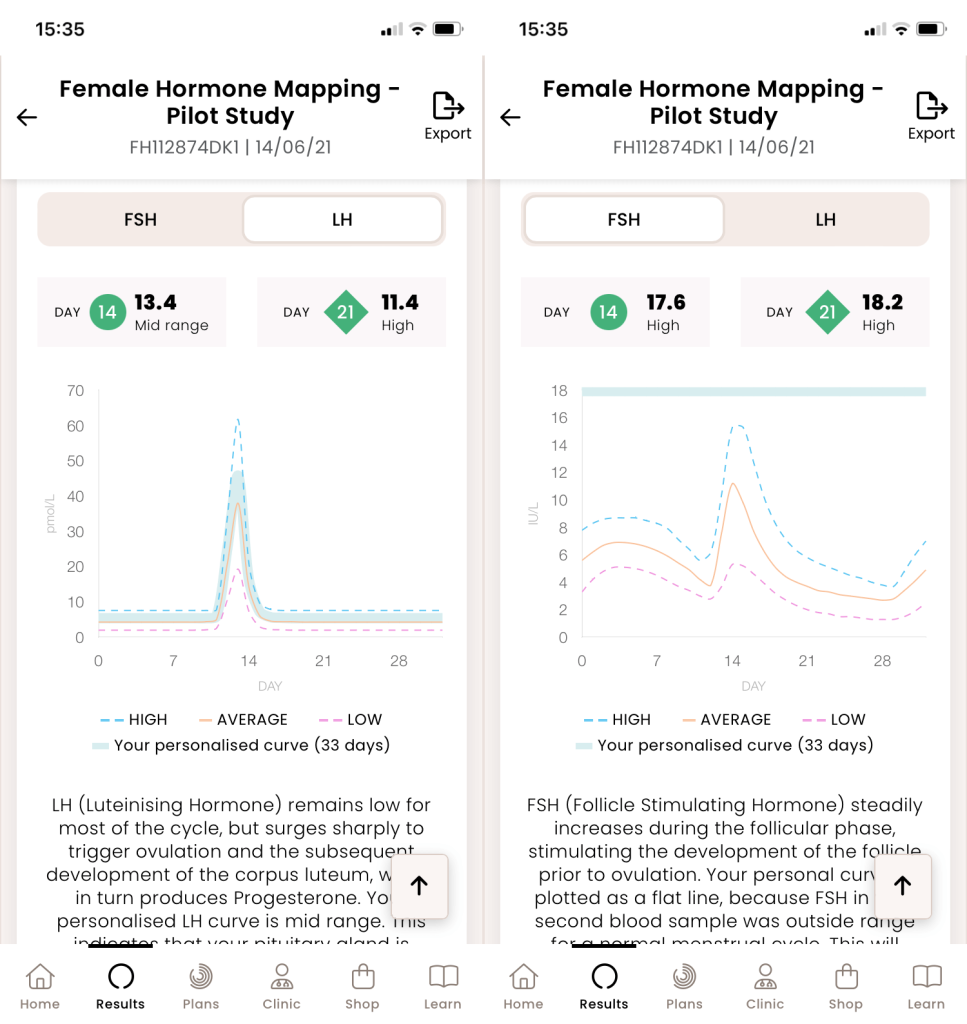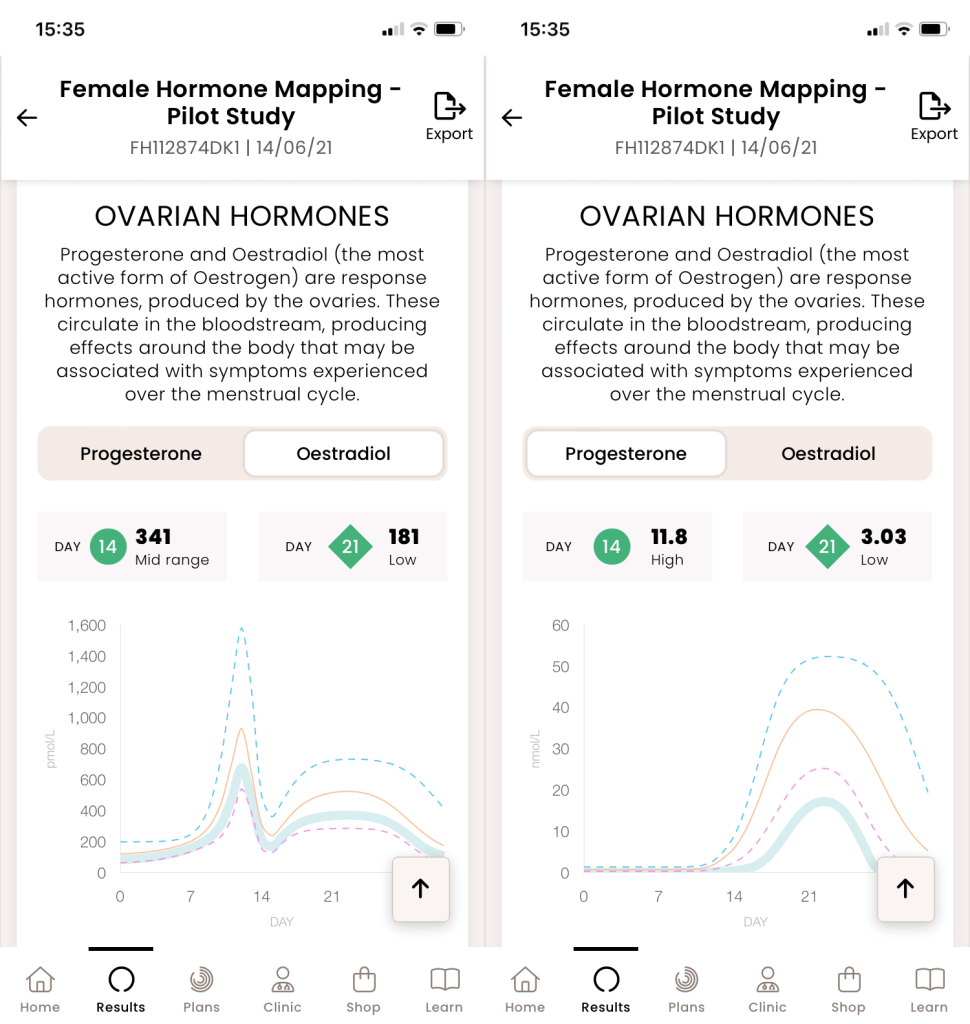7 mins read
Perimenopause: Ending The Uncertainty

How it all began
Like many women, I had no idea what perimenopause was – never heard of the word. I knew about menopause; I knew that you experienced some hot flushes, it was the end of your periods, and that it happened in your 50s.
As I entered my 40s I was completely unprepared for what was about to happen to my hormones. In fact, I knew very little about my hormones or my menstrual cycle – it just wasn’t something I was taught about at school.
Blind-sided by my hormones
I was in a senior position at work, handling a high profile project for the business when I first experienced symptoms of perimenopause. I began to feel less mentally sharp and was becoming forgetful.
I put it down to being in a stressful job, but once the project was delivered and the stress reduced, the symptoms didn’t – was I going mad?
I had noticed other changes too, such as increased irritability, and more concerning was an increase in anxiety.
I’d suffered from anxiety on and off all my life, but this was different. Things I once took in my stride now felt unachievable.
I never liked giving presentations at work, but now my body went into full fight or flight mode. I would physically shake and couldn’t continue.
While interviewing for a new role, I became so anxious on the run up, that the day of the interview I was sitting in my car crying – the feeling of attention being on me was overwhelming. To this day, I have no idea how I managed to collect myself together enough to deliver a solid, 3 hour interview.
This wasn’t me. I used to love (well, maybe not love!) interviews as I like to talk about myself! Presentations, while scary, were manageable – I could pull myself back from the brink of fight or flight to deliver a good presentation. What was happening to me?
The first step to hormone enlightenment
One morning, while sat having a cup of tea at home before work I was watching a segment on BBC Breakfast about perimenopause symptoms. I can remember this vividly – a woman being interviewed spoke of her experience of forgetfulness and brain fog! Could forgetfulness be perimenopause?
This was the beginning of my perimenopause journey and learning more about the changes that happen to our hormones as we enter our 40s.
What followed were other symptoms of insomnia, coupled with the anxiety. I had a horrible couple of years and ended up being prescribed antidepressants at my own request – I needed to get control back.
The phase of uncertainty
I spoke to my GP about my symptoms and if it could be perimenopause. His response was far from helpful, and when I asked for a blood test to find out what was going on with my hormones he said no. In his words he described my hormones as being akin to “…an under-performing car. Some days it’ll run fine. Other days it won’t”. Can’t say his analogy was very sympathetic.
But he was right. Our hormones are unpredictable when we enter perimenopause. The normal rise and fall pattern of our hormones across our menstrual cycle begins to change.
But they don’t change in a linear pattern. Some days your hormones are fluctuating in the usual pattern, other days they aren’t – which is why this transition phase to menopause is so difficult for a lot of women.
It’s also why my GP wouldn’t give me a blood test. The current, single day blood tests available via the NHS are unable to pick up the unpredictable nature of our hormones when we’re in perimenopause.
Think about it. If the day we have our bloods taken is the day our hormones are behaving the results won’t show anything is wrong, let alone indicate we could be in perimenopause.
Ending the uncertainty
It was only when Forth launched their innovative hormone mapping test, MyFORM®, that I was finally able to end the uncertainty surrounding my symptoms and whether or not I was in perimenopause.
I didn’t need to be asked twice when I was offered the chance to be part of the early trial of this ground-breaking, new product back in 2021.
The test was easy to do. I took one finger prick blood sample on day 14 of my period and completed the symptoms questionnaire in the Forth app – that way my report would correlate how I was feeling to what my hormones were doing!
I took my second blood sample on day 21, completed the second questionnaire and awaited my results.
Finally, some answers!
The day of my results arrived, and it was conclusive. I was indeed going through perimenopause.
How did I know? Firstly, the FORM score. This score combines all 8 results (x4 hormones tested on day 14 and day 21) and generates a score out of 100 to indicate how well your ovaries are functioning.
Now, without going into too much detail in this article, it’s important to understand what happens to your hormones during perimenopause.
First off, your ovarian function begins to reduce and with it your ovarian response hormones – oestrogen and progesterone – levels begin to decline. And they don’t decline in a nice gentle, downward pattern, but in a more erratic fashion (as mentioned earlier).
Secondly, your follicle-stimulating hormone (FSH) and luteinising hormone (LH) begin to rise. These are your ‘control hormones’. They act on your ovaries to get them to produce more oestrogen and progesterone.
As you enter perimenopause, your ovaries are less responsive to these control hormones, so your body produces more of them to get the ovaries to produce more oestrogen and progesterone.
It’s the drop in oestrogen in particular that causes all the symptoms of perimenopause – honestly, you don’t know how amazing oestrogen is until it begins to decline!
So, back to my FORM score. My score was 33/100! That is very low and the first indication that I’m in perimenopause.

Next were my individual hormone level results for oestrogen, progesterone, FSH and LH.
Remember I said that FSH and LH are high in women with perimenopause – well, just look at my results. Pretty clear. The flat blue line at the top of the chart shown below – that’s my FSH level! The curvy lines are the standard levels for high, average, and low FSH. My own personalised curve was flat and high.
Then we have my LH results. Although not as high as my FSH, they are still in the high range, especially for day 14.

Now, this is interesting. The results below show my progesterone level as high on day 14 yet low on day 21; and my oestrogen level as mid-range on day 14 and low on day 21.

Remember those single day hormone tests? This is why hormone mapping is so important for women with perimenopause, you wouldn’t get that level of insight from a single day hormone test and can easily miss the signs that are indicative or perimenopause – especially as single day hormone tests are taken on day 3 when your hormones are least active.
The report from our endocrinologist confirmed that my hormones were showing the pattern that was indicative of perimenopause – finally, I had an answer!
And when you know for certain that you’re going through perimenopause, you can begin to make lifestyle changes to support your long term health and ease symptoms and make decisions about HRT – but that’s a whole other blog!
This information has been medically reviewed by Dr Thom Phillips
Thom works in NHS general practice and has a decade of experience working in both male and female elite sport. He has a background in exercise physiology and has published research into fatigue biomarkers.

Dr Thom Phillips
Head of Clinical Services
Related articles
Like this article? Here are some more based on similar topics.



